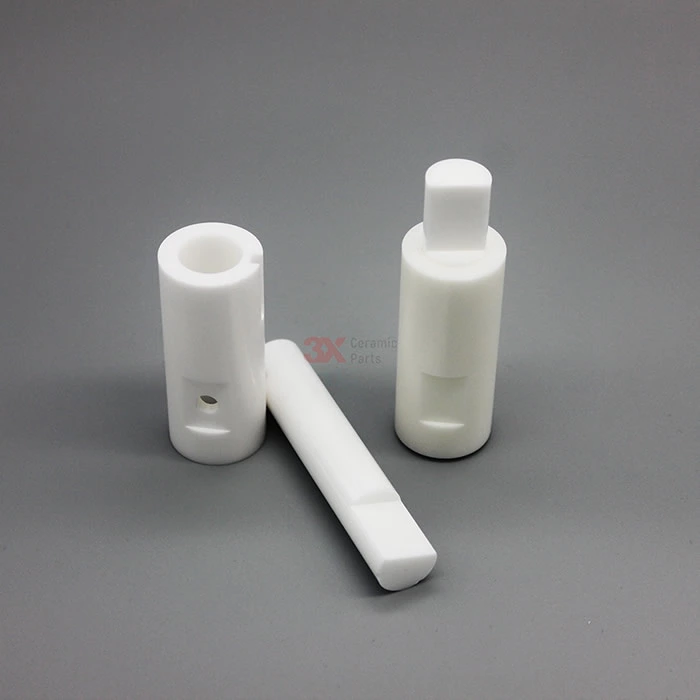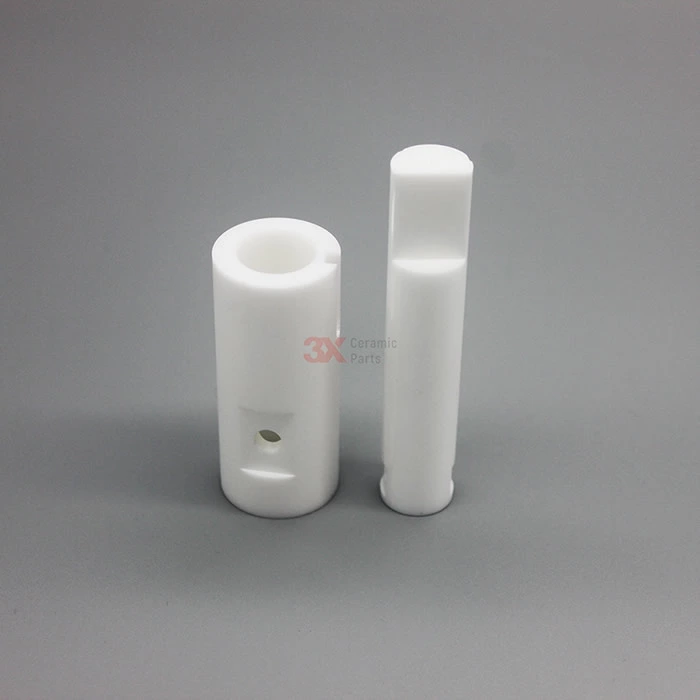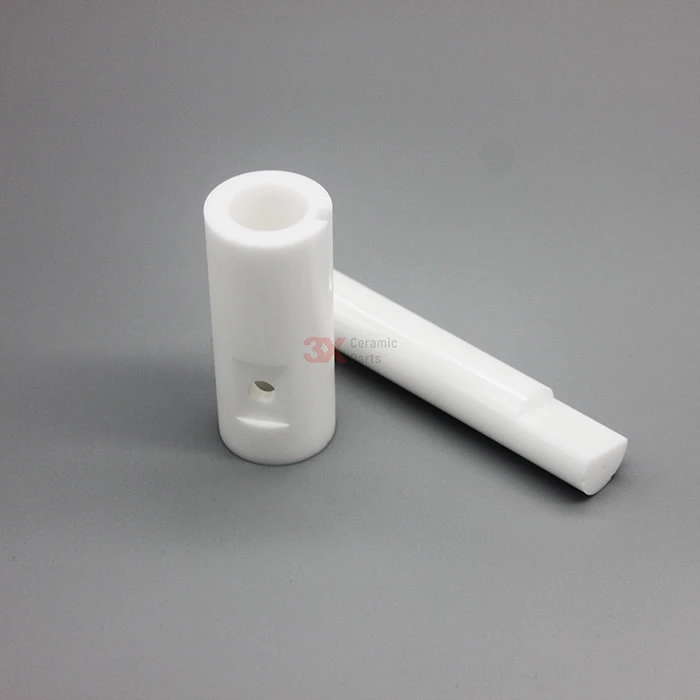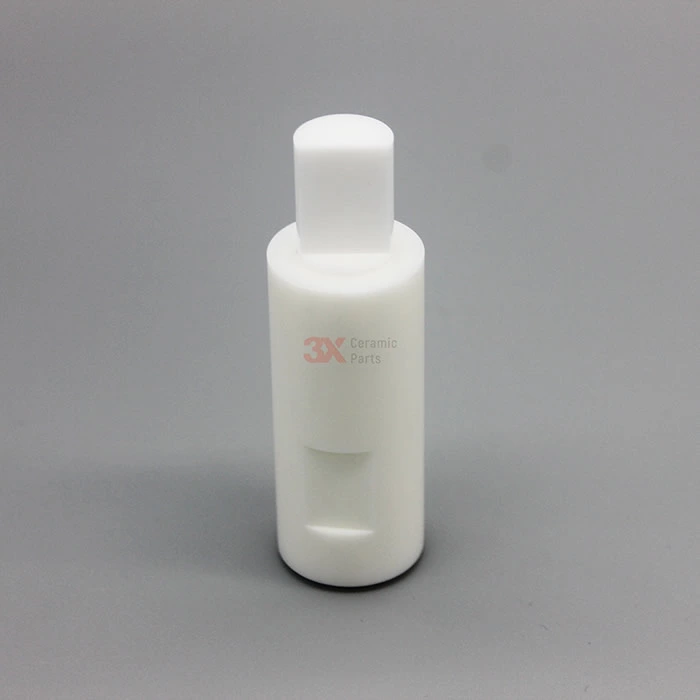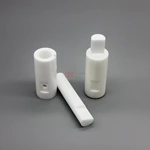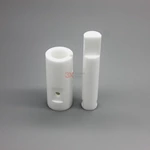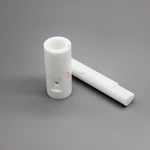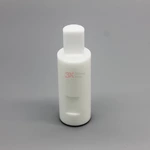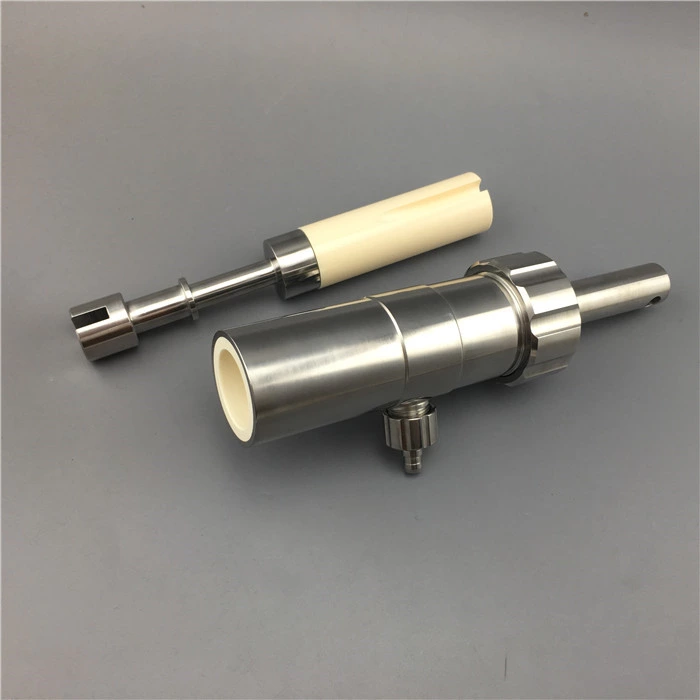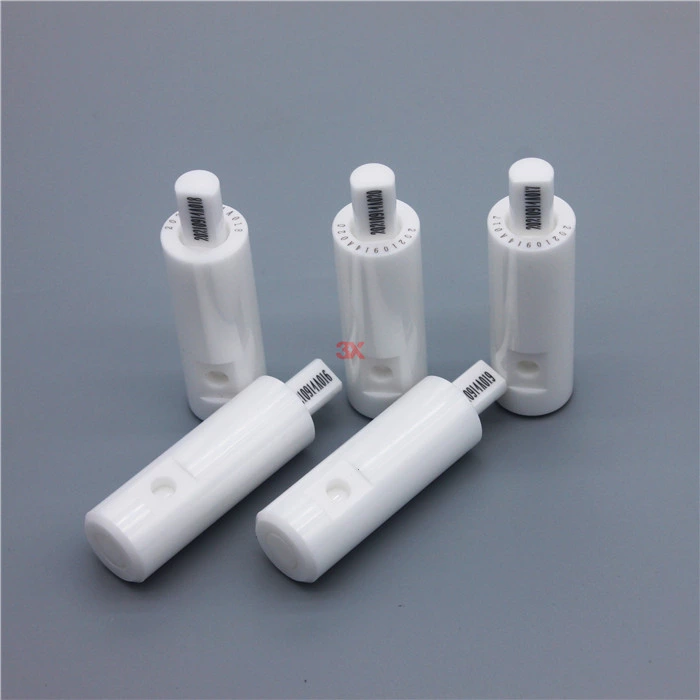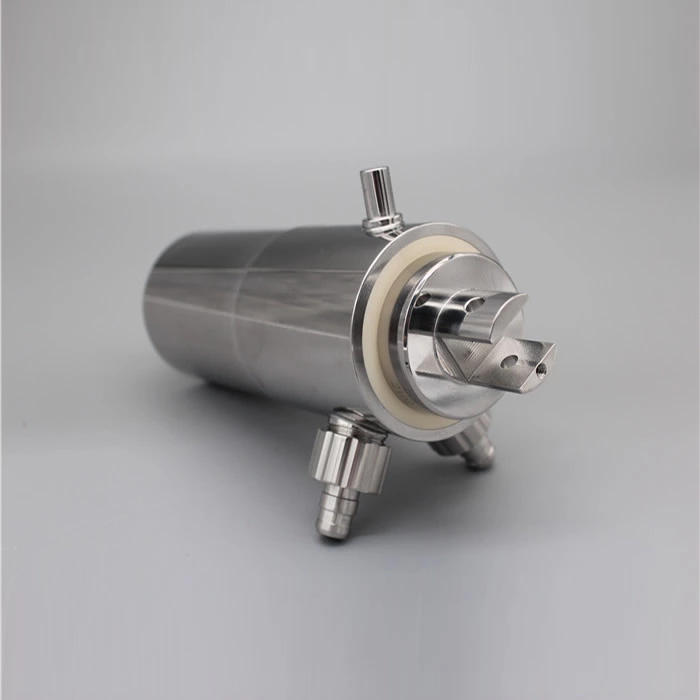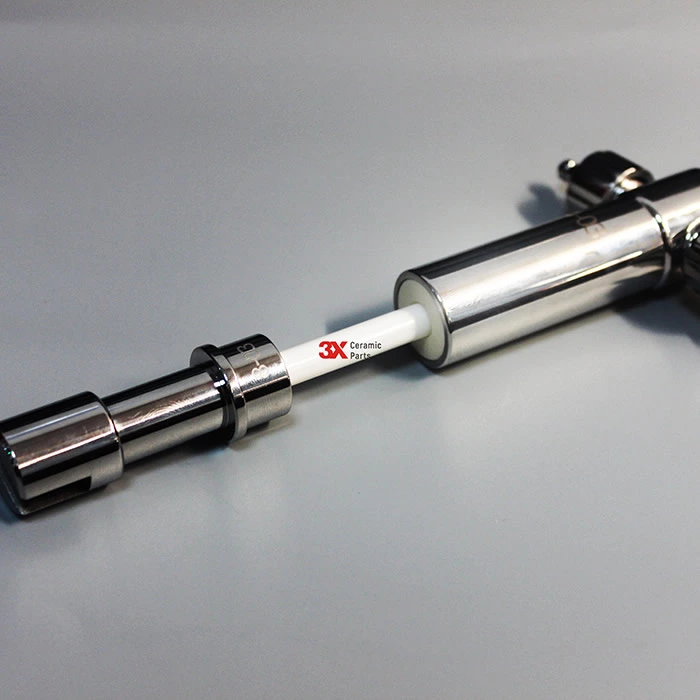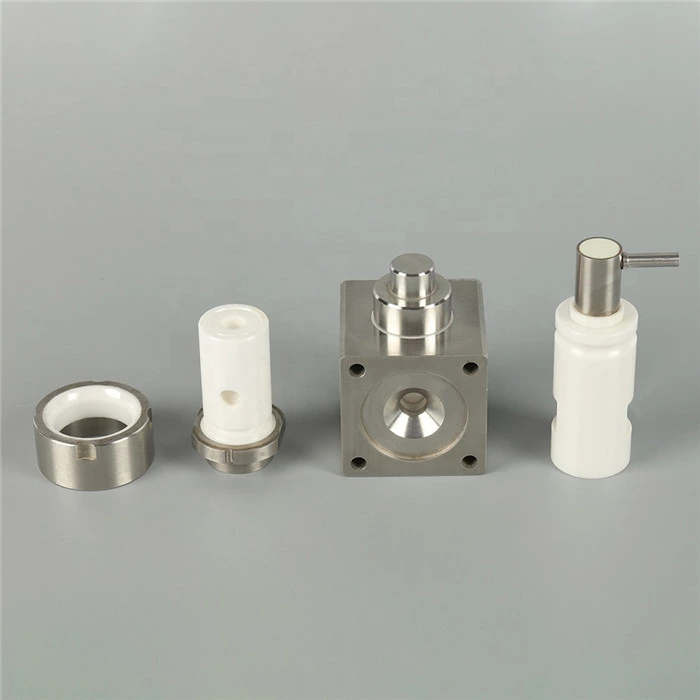Ceramic Plunger Pump
- Brand Name
- 3X Ceramic Parts
- Material Type
- alumina ceramic or zirconia ceramic
- MOQ
- 5 pcs
- Specification
- custom make
- Surface finish
- polished or not
- Main Property
- long working life
- Ceramic To Metal Connecting Way
- heat shrinkage
- Max working temperature
- 1500℃
- Delivery Time
- 15 days around
- PACKAGE
- safety package
Ceramic Plunger Pump
Ceramic plunger pump is a commonly used drilling equipment. It has the advantages of high rated pressure, compact structure, high efficiency and convenient flow regulation. Therefore, it is widely used in occasions where high pressure, large flow and flow need to be regulated, such as hydraulic press, engineering machinery and ships. You may see it a lot at ordinary times, and you don't know much about its specific operation and structure. Today, I will give you a detailed introduction to the working principle, structural form and maintenance of the plunger pump, and take you to systematically understand the ceramic plunger pump.
From the working principle, the plunger pump is mainly operated by changing the hydraulic pressure. The plunger moves back and forth in the cylinder block, which can change the volume of the sealing working chamber, so as to achieve the purpose of oil absorption and oil pressure. The suction valve and discharge valve of the plunger pump are one-way valves. When the column plug is pulled out, the pressure in the working chamber decreases and the outlet valve closes. When it is lower than the inlet pressure, the inlet valve opens and the liquid enters; When the plunger is pushed in, the working chamber pressure increases and the inlet valve closes. When the pressure is higher than the outlet pressure, the outlet valve opens and the liquid is discharged.
When the transmission shaft drives the cylinder block to rotate, the swashplate pulls or pushes the plunger out of the cylinder block to complete the oil suction and drainage process. The oil in the working chamber composed of the plunger and the cylinder hole is respectively communicated with the oil suction and discharge chambers of the pump through the oil distribution plate. The variable mechanism is used to change the inclination of the swashplate, and the displacement of the pump can be changed by adjusting the inclination of the swashplate. This is the basic working principle of ceramic plunger pump.
The structure of ceramic piston pump is not complex. It is divided into axial piston pump and radial piston pump. Among the two, the radial piston pump has a high technical content and is a high-efficiency pump. It will also be the main application object of piston pump in the future.
The maintenance of the plunger pump is also very important, which can appropriately prolong the service life of the plunger pump. Swashplate axial piston pump generally adopts the form of rigid body rotation and end face flow distribution. The end face of the cylinder block is inlaid with a friction pair composed of bimetallic plate and steel oil distribution plate, and most of them adopt the method of plane flow distribution, so the maintenance is more convenient.


